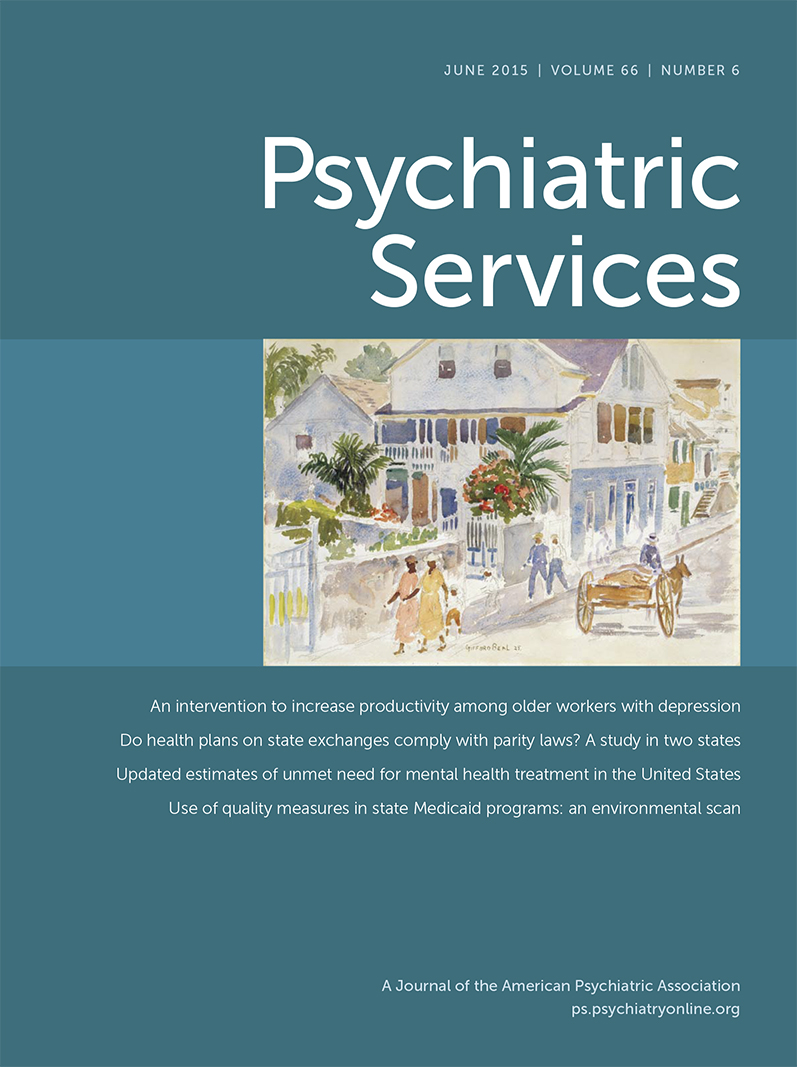Use of Quality Measures for Medicaid Behavioral Health Services by State Agencies: Implications for Health Care Reform
Abstract
Objective:
The structure-process-outcome quality framework espoused by Donabedian provides a conceptual way to examine and prioritize behavioral health quality measures used by states. This report presents an environmental scan of the quality measures and satisfaction surveys that state Medicaid managed care and behavioral health agencies used prior to Medicaid expansion in 2014.
Methods:
Data were collected by reviewing online documents related to Medicaid managed care contracts for behavioral health, quality strategies, quality improvement plans, quality and performance indicators data, annual outcomes reports, performance measure specification manuals, legislative reports, and Medicaid waiver requests for proposals.
Results:
Information was publicly available for 29 states. Most states relied on process measures, along with some structure and outcome measures. Although all states reported on at least one process measure of behavioral health quality, 52% of states did not use any outcomes measures and 48% of states had no structure measures. A majority of the states (69%) used behavioral health measures from the National Committee for Quality Assurance’s Healthcare Effectiveness Data and Information Set, and all but one state in the sample (97%) used consumer experience-of-care surveys. Many states supplemented these data with locally developed behavioral health indicators that rely on administrative and nonadministrative data.
Conclusions:
State Medicaid agencies are using nationally recognized as well as local measures to assess quality of behavioral health care. Findings indicate a need for additional nationally endorsed measures in the area of substance use disorders and treatment outcomes.



